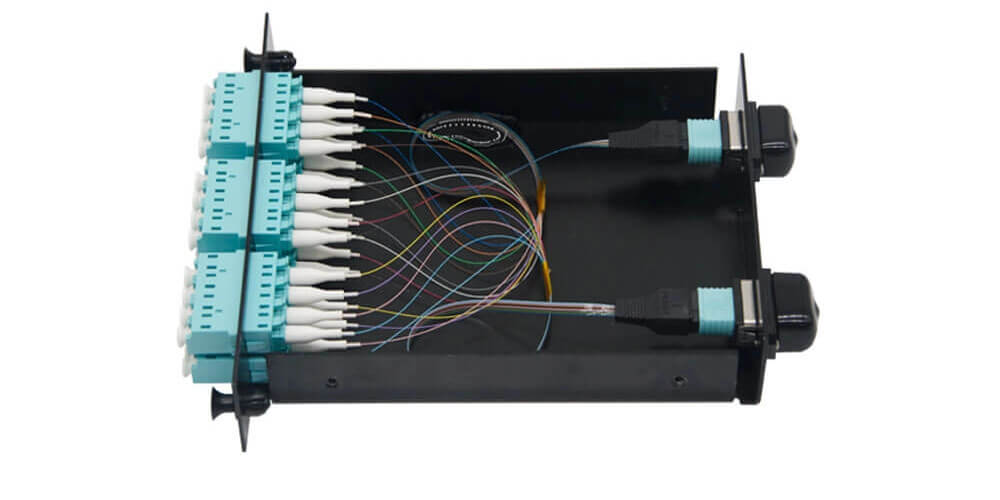Network cabling entails cables to transfer information from one computer, router to a storage network area. There are various types of cables. The ideal one to use should be dependent on the topology of the system’s architecture. Shiningfiber educates you on the basics of terminating fiber optic.
A twisted pair cable dominates one of the prominently used types of communication cable. Therefore, in areas of local networks, such as retail sites, fiber optic cables are used. In such network cabling, fiber optic cables are used, especially outdoors. An Ethernet with twisted pairs can also be used.
Termination box
The termination of fiber optics refers to various fibers’ connection to a device, including an outlet and equipment. Usually, the action allows the connection of different cables to devices. The primary reason or objective for termination is making sure that a fiber cross-connection coupled with a light wave is evenly distributed.
The proper fiber optic termination process should protect a variety of fibers from damage. At the same time, they should help prevent the loss of light. Towards that end, the network needs to run efficiently.
Preparing for fiber termination
Fiber optic termination preparation covers garnering the supplies you need. It also entails stripping the jacket of the fibers and stripping the coating. You shall need safety glasses, connectors, epoxy, disposal bins, and a polishing film when it comes to supplies.
Then, you will need some testing tools. They are such as FOtracer and reference test cables. A microscope can also help view the connector.
How to terminate a fiber optic cable
There are various types of fiber cable termination methods. You could use a connector that joins fibers. That way, you can form a joint. Then, there is splicing. That method involves the connection of two fibers without a connector. Splicing is more of a permanent fiber connecting and termination method.
Over and above, mechanical and fusion are the two significant types of fiber optic methods of splicing used by various people today.
Mechanical splicing works this way- it aligns one fiber with the other end. That way, a centerline is achieved and used to push the light from one fiber cable to the other. Similarly, an adhesive cover can be used to fasten a splice.
Fiber optic cables can have a low-loss connection. However, a high-precision splicer can also be used.
Buffer Tube Protection
When the cables are closed, a jacket is put around a fiber cable. The cable is then removed. All fibers are exposed. Regardless of how pro you think you may be; it is crucial to wear safety gear. Also, it would be essential to follow every precaution while installing your fiber cables. Have the correct instructions for what you are connecting.
Final Thoughts
Fiber optic cable termination is a technical subject that needs to be addressed by professionals and learners. Classes are offering such lessons online. Therefore, to be successful, you need to garner basic skills in the subject as outlined above.
